Portable MEMS microphones improve sound quality
More and more mobile devices, such as mobile phones, headsets, cameras and MP3s, use advanced noise reduction technology to eliminate background sound and improve sound quality. In order for this advanced technology to be implemented, the multiple microphones used must not only have the ability to withstand radio frequency and electromagnetic interference, but must also have a very small size. MEMS microphones from EPCOS are the ideal solution to meet this requirement. As the smallest microphone on the market, MEMS microphones not only provide excellent audio quality, but also have excellent anti-electromagnetic interference capabilities.
Excellent performance and small footprint
Thanks to Technitrol's MEMS (Micro Electro Mechanical Systems) microphone technology, a series of highly innovative MEMS products have been introduced into the silicon microphone market. The first products to be launched are the EPCOS T4000 and T4010 series, which combines the design capabilities of advanced MEMS and ASIC technology, in-depth understanding of the application and various patents.
Now, a digital output microphone, the T4030, has been added to the product line. The new product is small in size, with a sensitivity of -26dB FS (full scale) and a signal-to-noise ratio of 60dBA. Even with a sound level of 100 dB, the distortion is less than 1%. Its frequency response is characterized by high bandwidth and low amplitude fluctuations (see Figure 1). Due to the PDM (Pulse Density Modulation) output, the T4030 has essentially no response to electromagnetic interference. Power supply noise rejection is -82dB FS. Two-channel transmission over a single signal line makes stereo or multi-microphone applications easy and much simpler than using analog technology. The power supply voltage is between 1.64V and 2.86V. Power consumption is 650μA, and below 10μA in standby mode.

Figure 1: Frequency response curve.
Compact product
The T4030's high performance and extremely small size make it ideal for noise reduction in mobile applications, where space is often a top priority. A good example of this is the Jabra STONE Bluetooth headset developed by GN Netcom. Great Northern Europe is a Danish headset manufacturer whose products are used in cell phones, contact centers and offices (see Figure 2). The Jabra STONE is an extremely compact headset that combines noise reduction with natural sound to provide the perfect balance. To achieve this effect, only the dual microphone is used to capture the sound, and only the background noise is intelligently filtered. It is for this purpose that manufacturers have chosen the T4000 series with small size and excellent performance.
Great Northern Europe believes that Jabra STONE is a revolutionary product that will overturn consumer perceptions of Bluetooth headsets. “It has a unique shape, advanced noise reduction technology, and no need for a cross arm. It is a brand new product concept,†said Anna R. Rasmus, vice president of the Greater Nordic Mobile Communications Department.
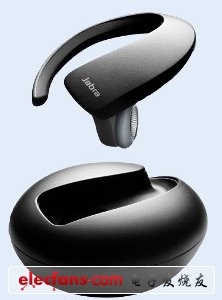
Figure 2: Jabra STONE Bluetooth headset produced in Greater Europe.
Advanced noise reduction technology
Eliminating noise is becoming a standard requirement in mid- to high-end mobile devices. In the receive path and the transmit path, two noise reduction functions can be combined (see Figure 3). As shown in the figure below, in the receiving path (blue), the microphone 1 is located next to the speaker, receiving noise, and this noise signal is inverted and added to the incoming sound. The inverted noise signal cancels out the surrounding noise signal. In this way, the user can understand the voice of the other party more clearly, even in noisy environments.
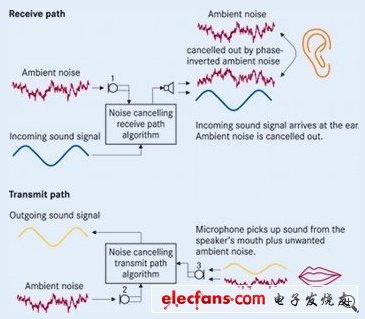
Figure 3: Noise cancellation at the receive and transmit paths.
In the transmission path (yellow), the microphone 2 is facing away from the mouth and receives ambient noise. The microphone 3 is facing the mouth, which simultaneously receives ambient noise and the voice of the speaker. Here, the noise is eliminated by adding an inverted noise signal. At this time, the surrounding noise interference received by the other party will be reduced.
With more than three microphones, you can design a more powerful and complex noise reduction system. As more microphones are implanted into small mobile devices, the size of the product has become increasingly important. Figure 4 shows two small T4000 microphones mounted on a circuit board. At the same time, users have higher expectations for sound quality. In the future, the signal-to-noise ratio (SNR) of the microphone will reach 62dB, which is 55-59dB higher than today's general level. Today, EPCOS' T4020 MEMS delivers excellent performance with a signal-to-noise ratio of 62dB and a higher signal-to-noise ratio is being developed.
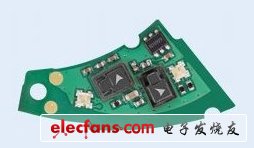
Figure 4: The STONE headset's board with two MEMS microphones mounted.
Fiber optic splice closures are made of excellent engineering plastics. Sijee supply different ports types, fittings and different fiber optic core numbers for horizontal and dome fiber optic splice closures.
Sijee's Splice Closure is suitable for protecting optical fiber splices in straight through and branching applications, and can be used in aerial, duct and direct buried fiber optic cable projects.
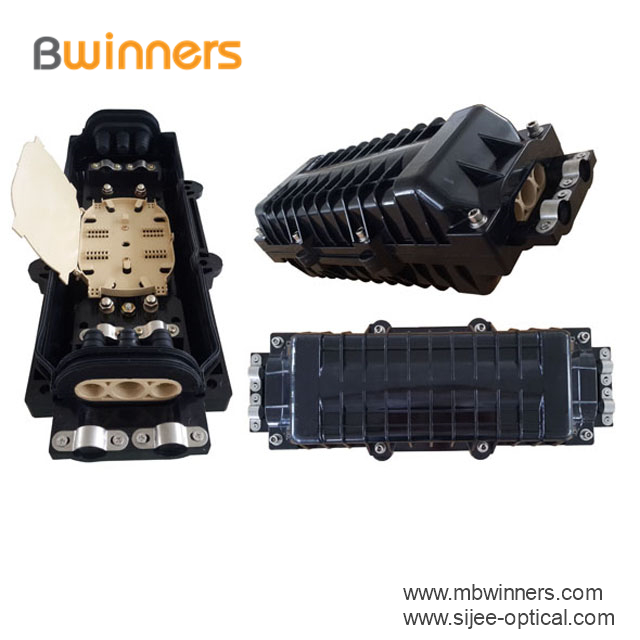
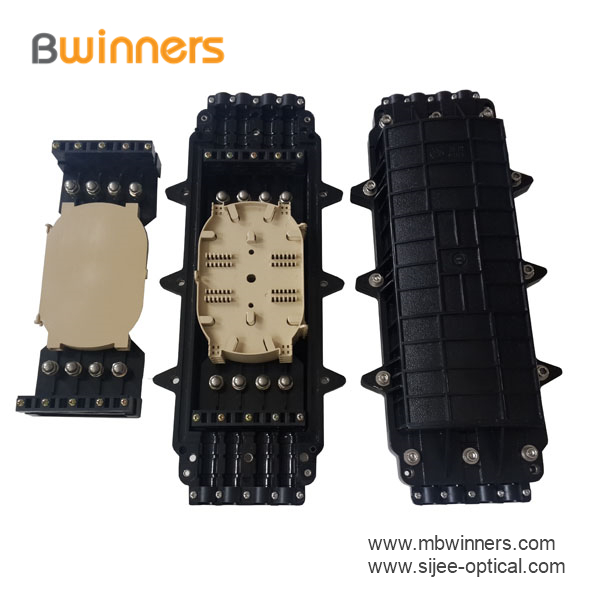
Horizontal Fiber Optic Splice Closure
Horizontal Fiber Optic Splice Closure,New Horizontal Fiber Optic Splice Closure
Sijee Optical Communication Technology Co.,Ltd , https://www.sijee-optical.com